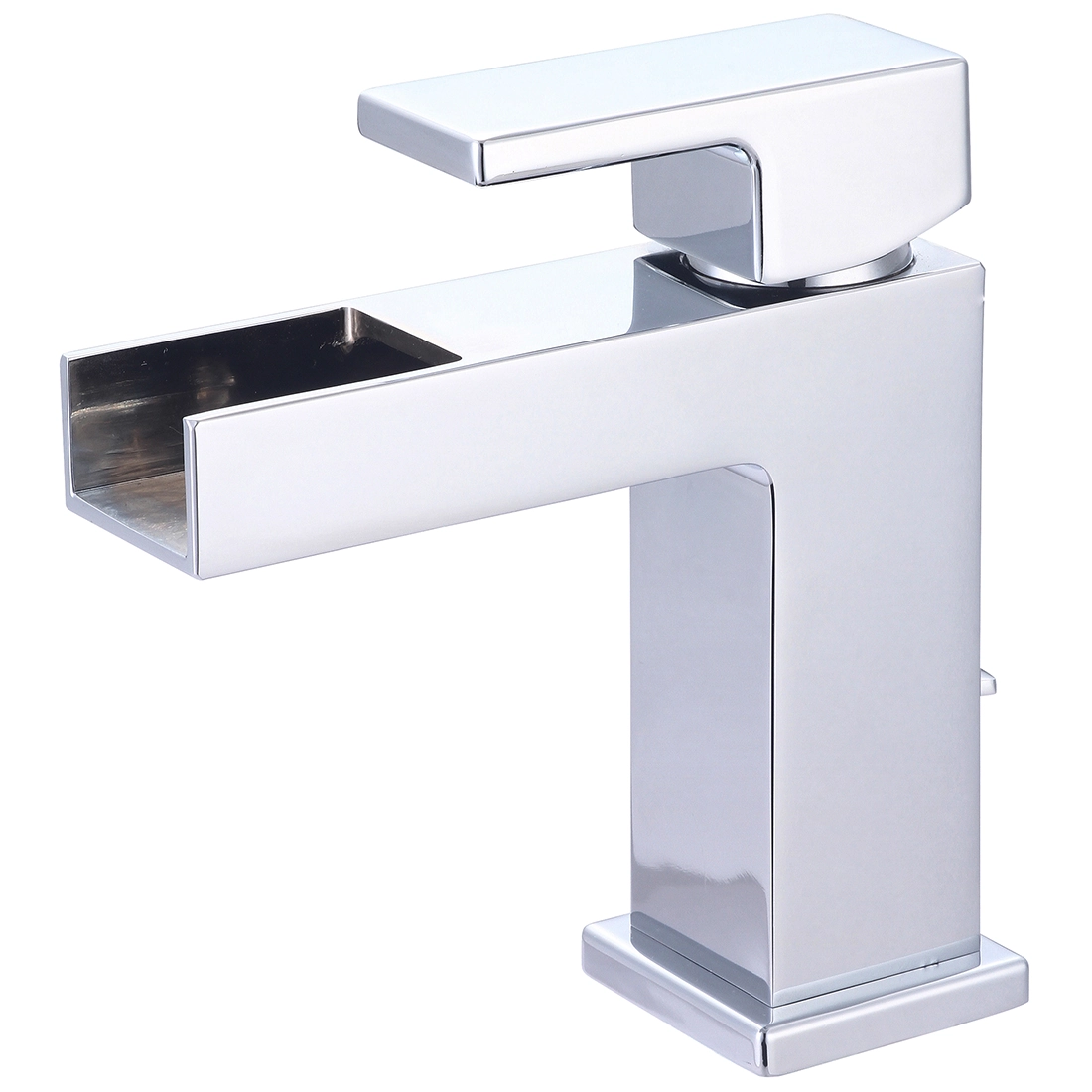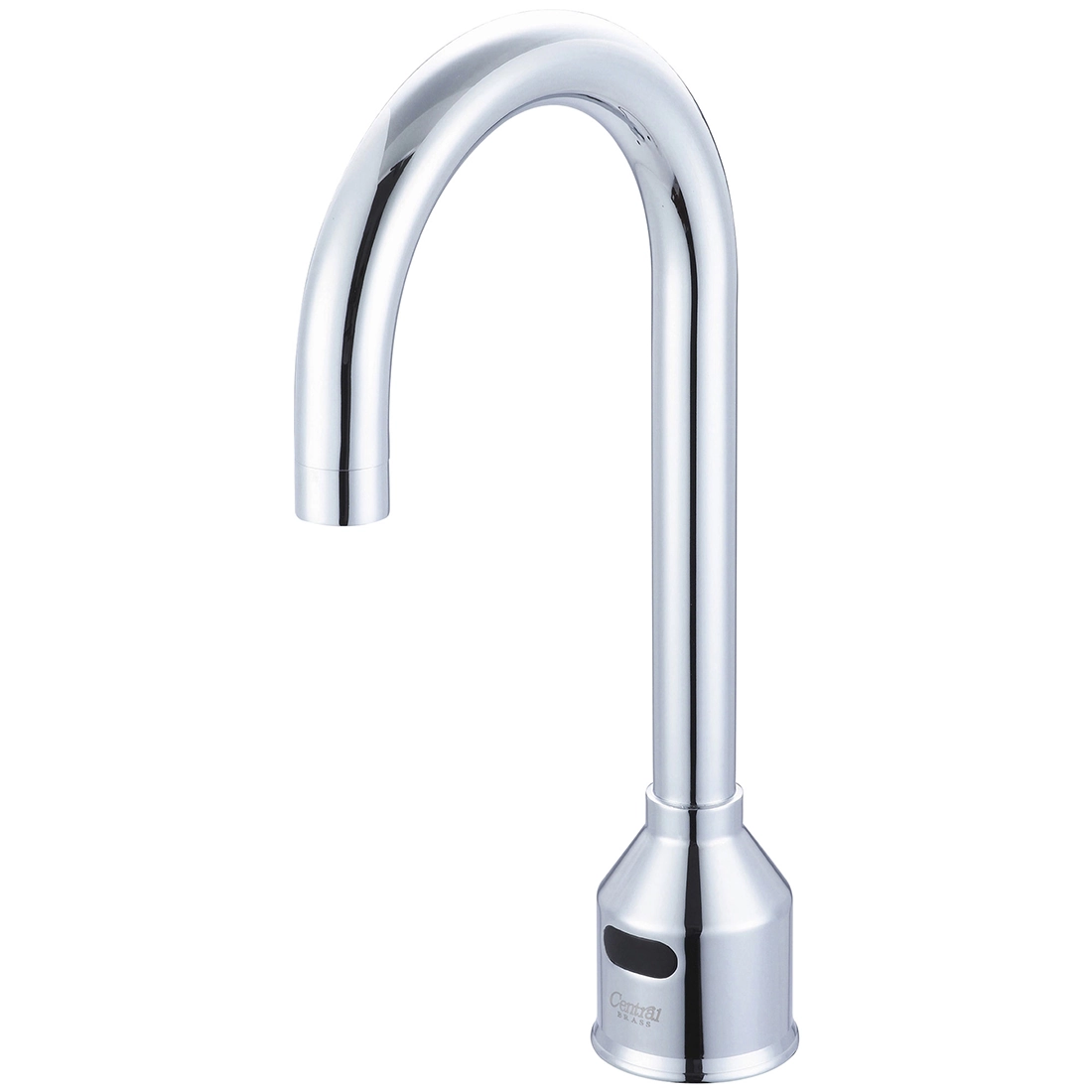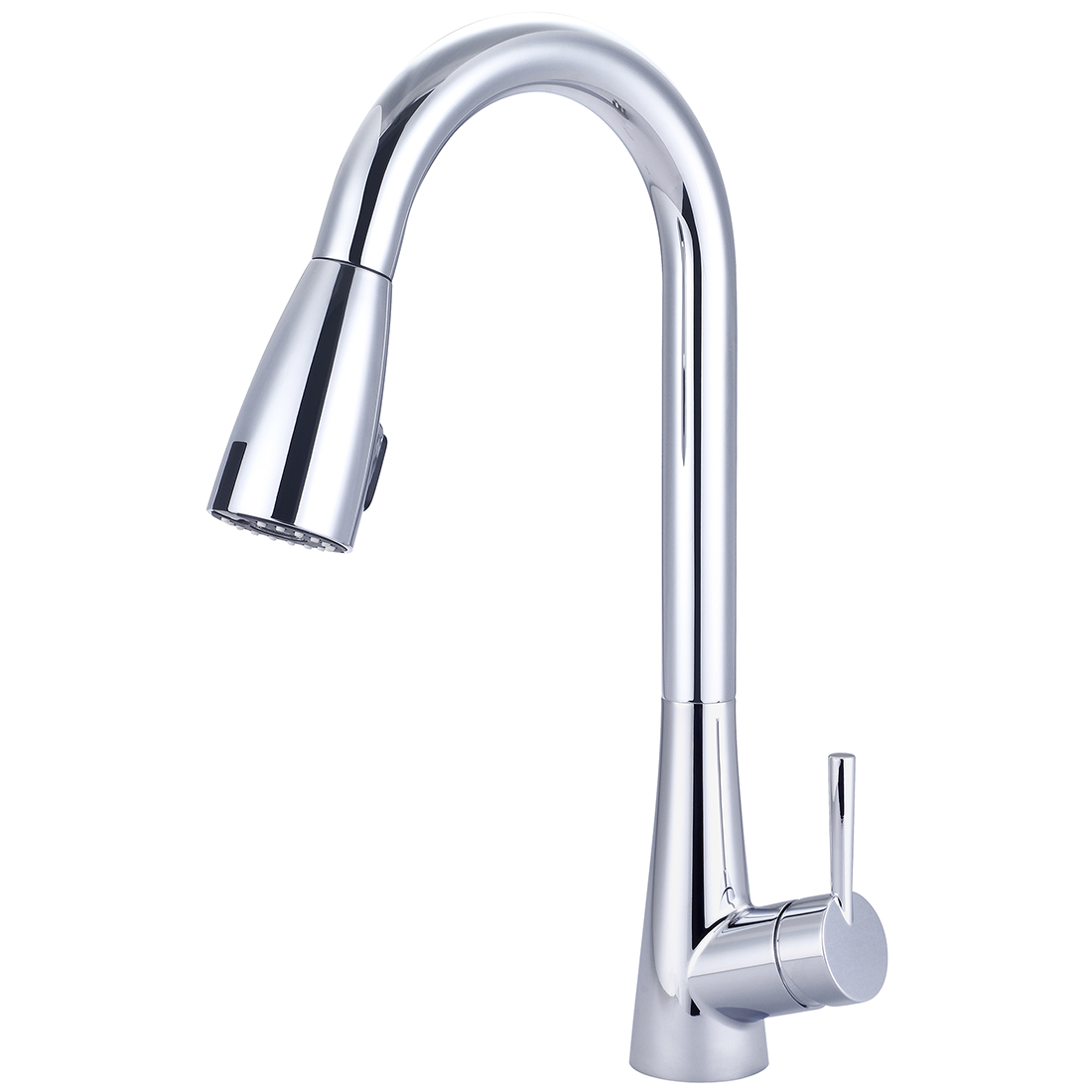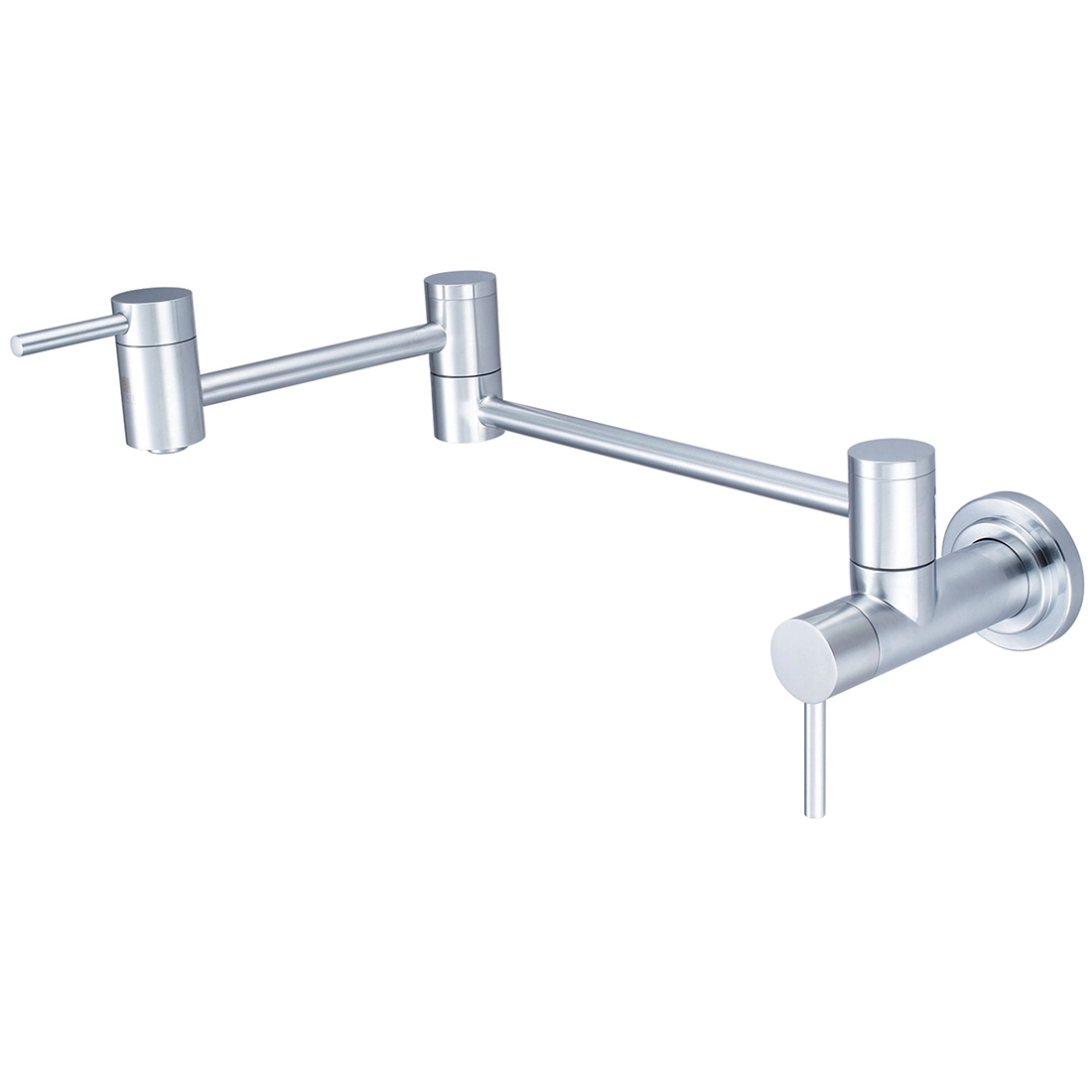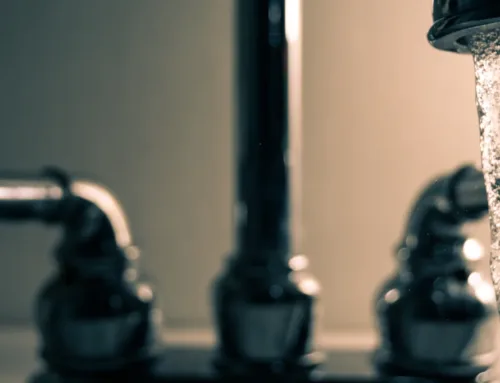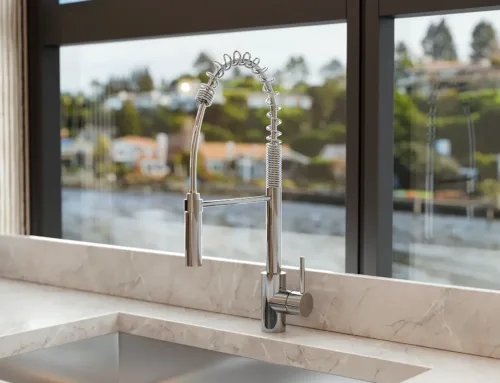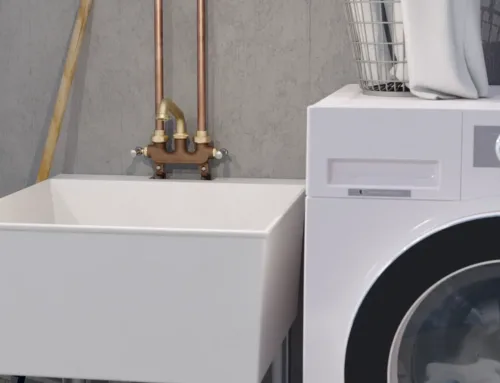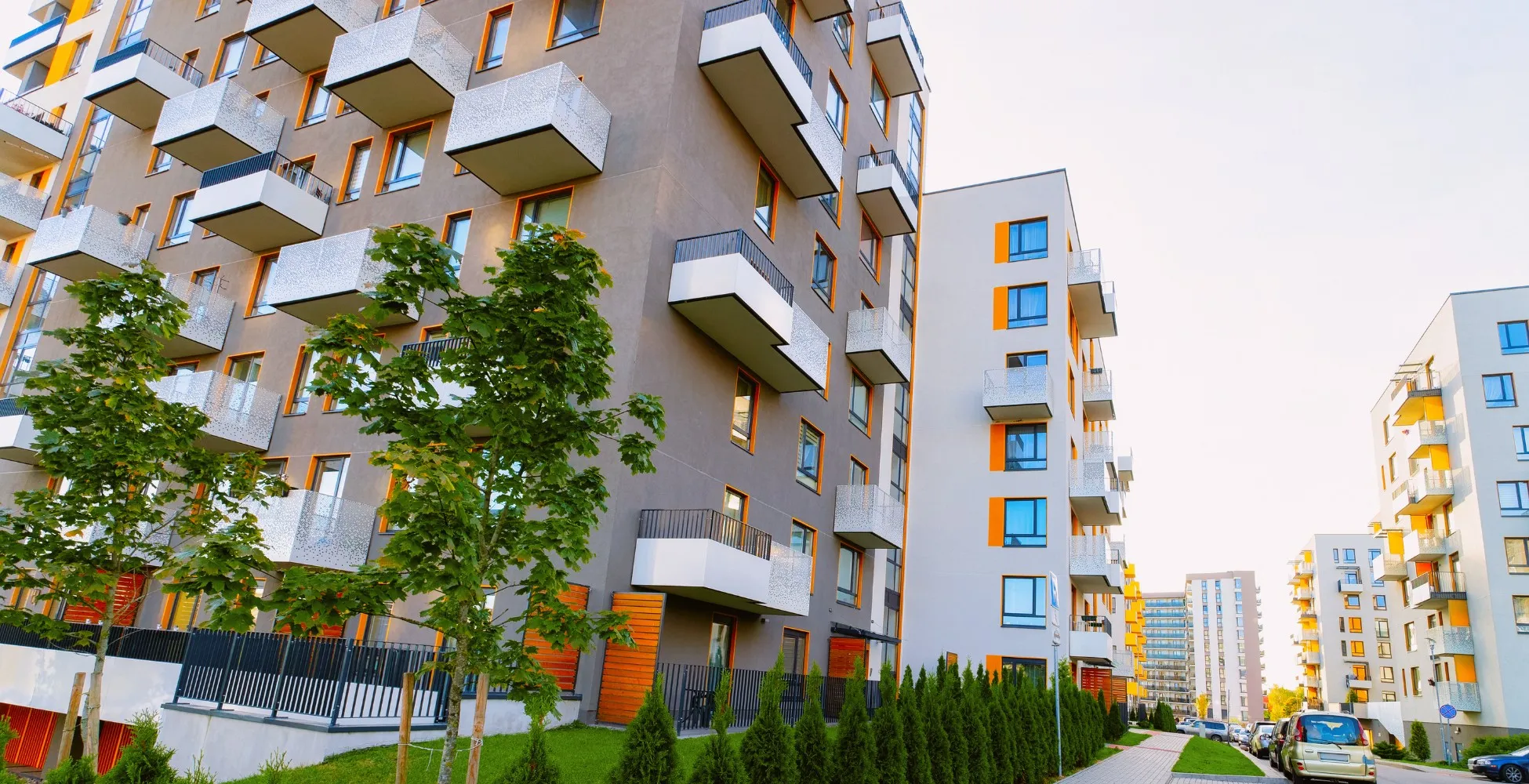
How the Housing Crisis is Affecting Faucet and Fixture Demand
Outlook for the Multi-Family Industry
The multi-family housing industry is in unknown territory right now as the peculiar mix of recession economics which caused the housing crisis in the United States is roughing up the terrain ahead. On one hand, the pandemic created demand for rentals and condos outside major city limits. Post-pandemic, cities became interesting once again to both renters and condo buyers, however, the supply chain issue slowed growth. Much of that problem has been cleared up, but now a looming recession and dramatic inflation has seen the multifamily market impacted tremendously in the fourth quarter of 2022 and first quarter of 2023. Young people are staying at home longer in order to save or wait for inflation to slow down. Renters who preferred to live on their own are now sharing with roommates to lessen the bite rent takes out of each paycheck. Homeowners of single family houses and condominiums are taking on renters in order to save on expenses. Realtor.com states the national average rent hike was 3% with some cities seeing rent rising as much as 9%, so this trend is not at all surprising. In act, Business Insider recently reported on the dramatic increase of multi-generational roommates who aren’t part of the same family, a situation nearly unheard of before now in the US, although much more common overseas.
According to finance company Fannie Mae, “The national multifamily vacancy rate is expected to slowly rise in 2023, from an estimated 5.5 percent as of fourth quarter 2022, to an estimated 6.0 percent by year-end 2023…and then begin to stabilize at 6.25 percent further out in the forecast in 2024. The pace of absorption is expected to slow significantly this year due to the elevated number of new units delivering over the next 12 to 18 months.”
In short, the world keeps changing as dominoes set up and felled by the pandemic years of 2019 – 2021 are still forming reality. Those who are building or concepting new multifamily housing projects now would benefit from a whole new perspective on the needs of prospective residents. Housing that seeks to maximize space for more residents per unit than was previously the norm is a smart place in which to start. As more housing companies are offering concessions to attract buyers and renters, the ROI to owners and shareholders on new projects must be increased. Vet more manufacturers who supply faucets, fixtures, cabinets, flooring, countertops and more to be sure you’re getting the maximum value possible. Pay special attention to their warranty, client service track record, and benefits to those who have a standing specification package.
With the rapid rise of mortgage interest rates, homeowners are investing more and more into upgrading their homes rather than moving somewhere new. The home faucet and fixture market has grown by an annual compound rate of 4.8% from 2021-2028. Home improvements are on the rise, such as integrating a modernized aesthetic in kitchens and bathrooms that makes the most of technological improvements such as sensor or touchless faucet tech.

How COVID-19 Influenced Home Renovations
After having spent so much time at home, people are working more from home and becoming more comfortable without leaving the house. Though most of the workforce has returned to a physical location of work by now, many have voluntarily transitioned to working from home. This has led to an increase in renovations to make the home feel as luxurious as possible. Minimalist designs, such as the Single Handle Lavatory Faucet, are becoming increasingly popular. Many homeowners are finding that less is more and are tossing many busy-looking designs in favor of simpler ones to achieve the modern look. Second in popularity are luxurious-feeling spa-experience rooms. This is fueling purchases of such designs as the waterfall faucet.
Water-Conservation Concerns
Although the current housing crisis has made moving increasingly more difficult, utility bills have also skyrocketed. Americans spend on average about $430 per month on water, gas, and electric bills, which is still projected to rise. This has become an eye-opener to many people, causing them to focus more on energy conservation. Those who were earth-conscious before are even more so now.
Luckily, technology is improving as we speak and is able to reduce the overall energy costs the average American must pay. For example, like most of Pioneer, Olympia and Central Brass’ faucets, the Single Hole Gooseneck Deck Mount Electronic Sensor Faucet is designed to reduce water-usage without sacrificing the user experience. With only a 0.5 GPM flow-rate with aerators, this faucet is excellent at water conservation. To put it simply, the powerful aerators mix air in with the water, reducing the amount of water without reducing the flow. The result is a soft, white mixture that is more cost-effective while it gets the job done.
We’ll Save You Money and Time
There are many ways to the same destination. This saying applies to multifamily housing builds just as much as to anything else in life. The ultimate goal is save as much money as possible while delivering a great finished project – that’s simply showing smart business sense. But, finding a one-off deal or sacrificing quality isn’t the only way to get a healthy ROI. We have a better way.
Pioneer works with professionals every day to develop specification packages and plans that save our valued partners both time and money, sometimes in surprising ways. It’s our goal to ensure your project meets or exceeds its expected outcome. We want to get to know you and your company and show you how we can save you money. Please reach out via our website form or call us at (800) 338-9468.



